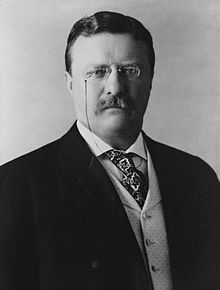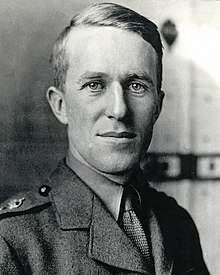Announcements: Remember I will be checking journals during the next class period.
New requirement for current events: If you have a current event, please bring a headline with a brief summary and a source to me at the beginning of class to receive extra credit.
Example:
North Korea has pointed its artillery toward US targets, which is being called "combat posture" after third incident of nuclear testing in February.
Source: BBC World News, http://www.bbc.co.uk/news/world-asia-21938671
Current Event World Map!
Writing Self Evaluation
Pull out your homework that was
due today. Make sure it is headed correctly with all information in the upper
right hand corner of the page.
Reread what you wrote
and answer the following questions on the bottom or back of your paper:
1.
Is the writing legible (neatly written or
typed), a.k.a. am I able to read it?
2.
Is the thesis statement clearly written?
3.
Does the argument contain three or more claims
that support the thesis?
4.
Is the assignment interesting to read?
5.
Did you provide enough evidence to main the
ideas understandable?
6.
Do the sentences relate to each other?
7.
What grade would you give yourself on this
assignment?
8. Do you have the citation written at the bottom of the assignment?
Turn in the homework to the basket!
Research Sources
|
Print
|
Internet
|
Publication Process
|
Generally go through editing and
article review process to check for quality and accuracy
|
Almost anyone can publish on the
internet
|
Authorship/Affiliations
|
Tend to clearly indicate the author
and the author’s affiliations (employer, education, etc)
|
Anyone can publish and they don’t need
to present their affiliations to do so
|
Sources and Quotations
|
In academic publications, it is
required that sources be cited and quotations specifically noted
|
Sources and quotations may be used,
but they may not be clearly marked or cited
|
Bias
|
As traditional publication is harder
and more expensive, strong biases and work for special interest groups is
mostly weeded out or are more likely to be acknowledged
|
Publishing on the internet is free and
authors can publish opinion as though it is fact without any repercussions.
Websites may be deliberately deceptive.
|
Author qualifications
|
Author qualifications are almost
always required for the publication before text is published.
|
When an author can be determined, the
qualifications of that author are not always provided.
|
Publication Information
|
Date of publication, publisher and
author/editor information is almost always provided.
|
Dates of publication are often hard to
find, as is the case with authorship.
|
How to Choose a good source or
Evaluating
an Internet Source:
1. Try search sources that are likely to
be reliable.
a. Internet sources that have equivalent
print sources (like newspapers, magazines, encyclopedias)
b. Internet sources associated with
educational institutions (ending in .edu)
2. Use sources that have offer much of
the below information:
a. Author’s name
b. Author’s title, position
c. Author’s organizational affiliation (university,
employer)
d. Date of page creation or edit
e. Author’s contact information
f. Recognized
peer-review process or other quality control (such as the editing process with
newspaper sites or websites that post information from print sources with
similar quality control standards)
Source: Harris,
Robert. (2010, November 22). “Evaluating Internet Research Sources.” Retrieved from <http://www.virtualsalt.com/evalu8it.htm>.
If in doubt,
check information you get off of the internet in a print or reliable source
(fits the criteria above). If you find a website with consistent information with
a reliable source, it may be a valid source for research.
DO NOT use
Wikipedia as a source of information. If you start your research by looking at
Wikipedia, use the citations at the bottom of the page and assess those sources!
Guided Practice: Evaluate the Resources
Write the following information for each of the sources:
a. Author’s name
b. Author’s title, position
c. Author’s organizational affiliation (university, employer)
d. Date of page creation or edit
e. Is there author contact information? Yes or no
f. Recognized peer-review process or other quality control? Yes or no



